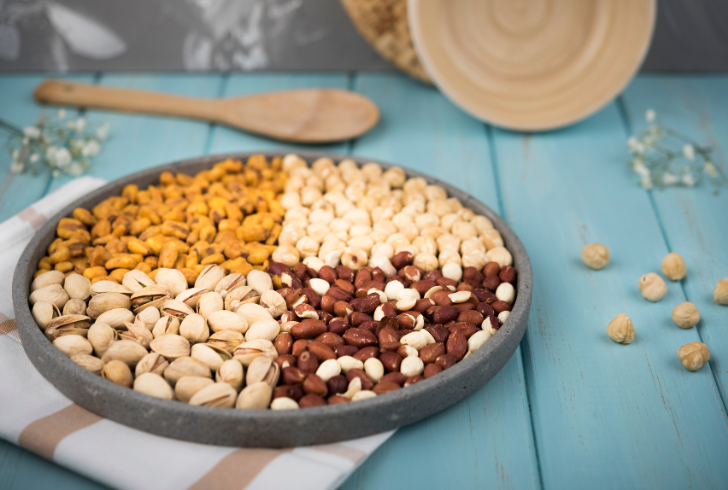Why You Should Give This 100-Year-Old Popcorn Trick a Try
The internet is buzzing again—but this time, it’s not about the latest food trend from a New York bistro or a viral gadget from a fancy chef. It’s about something much older, yet unexpectedly innovative: salt frying.
Specifically, cooking popcorn in a bed of coarse salt—no oil, no butter, just heat and pure texture.
For generations, this technique has been a quiet staple in South Asian kitchens—nothing flashy, just a reliable method passed down through home cooks. But a recent TikTok clip gave it new life, and suddenly it’s popping up in U.S. kitchens, fueling curiosity and a wave of experimentation.
So what’s behind the buzz about cooking with salt?
What Is Salt-Frying and Why Are People Trying It?
Salt frying is exactly what it sounds like—dry cooking ingredients in a heated layer of coarse salt. This method is traditional in many South Asian countries such as India, Pakistan, Sri Lanka, Nepal, and Bangladesh. It’s been used for generations to roast items like chickpeas, nuts, and yes, even popcorn.
Instead of oil or butter, the salt gets heated and transfers heat evenly to the food. It’s an oil-free alternative that creates an even roast and adds subtle seasoning without the mess of hot oil.
In the TikTok that ignited the trend, food creator @roicebethel showed popcorn kernels bouncing in hot salt like tiny jumping beans, and users couldn’t look away. With over 16 million views, curiosity turned into full-blown obsession.
Trying the Salt-Frying Method with Popcorn
To test the method, only a few kitchen staples are needed:
– Coarse kosher salt (not table salt)
– Popcorn kernels
– A heavy-bottomed pan or non-stick skillet
– A clear lid (for the drama, and to contain the flying corn)
Start by pouring a layer of coarse salt—about ¼ inch thick—into the pan. Then, add around ¼ cup of popcorn kernels right on top. Turn the heat to medium-high and wait for the salt to work its magic.
Popcorn begins to pop within minutes. Having a clear lid helps keep track of what’s happening inside without losing heat. Occasional pan movement prevents scorching and helps distribute the heat evenly.
Once popping slows down, strain the popcorn using a large sieve to separate it from the salt. What’s left? A lightly salted snack with a toasty aroma and a surprising texture.
The Results
The final product delivers a subtle saltiness, less than a typical buttered popcorn, but pleasantly seasoned. The popcorn carries a unique roasted scent, reminiscent of movie theater batches but without the added oils.
However, there are trade-offs:
– The texture is denser than air-popped popcorn.
– The method requires more clean-up, especially with salt spilling onto the stovetop.
– It’s best reserved for dry foods only—moist ingredients don’t fare well in this type of cooking.
The process is slower compared to microwave or air-popper alternatives and less eco-friendly due to salt wastage, unless reused.
Where Else Does Salt-Frying Work?

Freepik | You can dry-roast nuts, chickpeas, and other dry, heat-tolerant foods using the oil-free salt-frying method.
Popcorn may be the viral gateway, but the salt-frying method opens the door to other dry foods:
1. Raw nuts (like almonds or peanuts)
2. Chickpeas
3. Dried fava beans
4. Even coffee beans (in some traditional practices)
This method delivers toasty flavors and a dry-roasted finish without added oil, as long as the ingredient stays dry and can tolerate heat.
Is It Worth Trying?
Salt frying won’t win points for convenience, and it’s far from the cleanest trick in the book—but it holds a certain charm. It appeals to the hands-on cook, the one who finds beauty in process and tradition.
It’s not about replacing the microwave or ditching oil forever. It’s about slowing down, trying something different, and rediscovering the kinds of methods that don’t make it into the instruction manual—but somehow still work.
A bit of creativity transforms this centuries-old method into a modern kitchen staple, adding flavor, texture, and cultural insight that go far beyond internet hype.